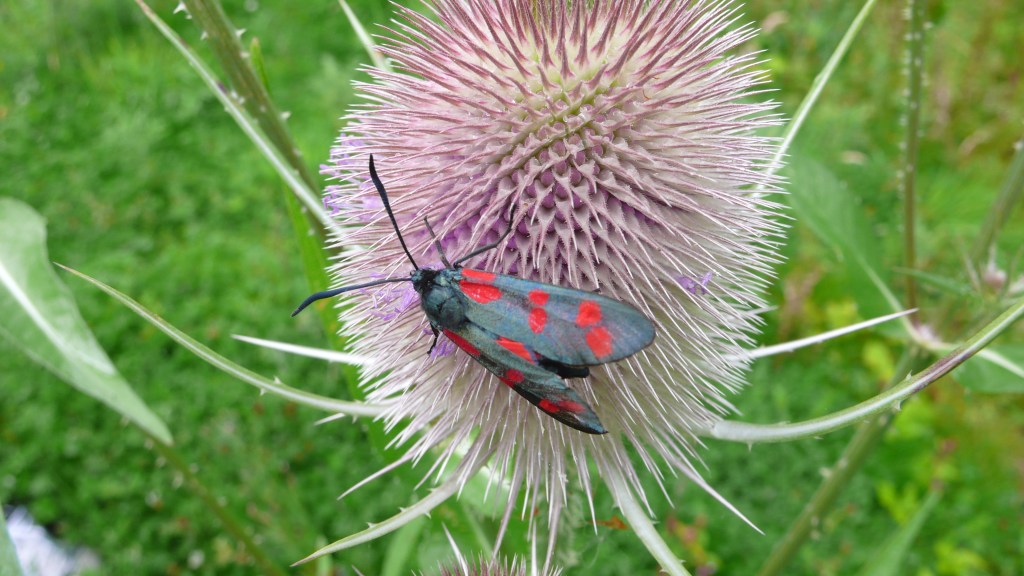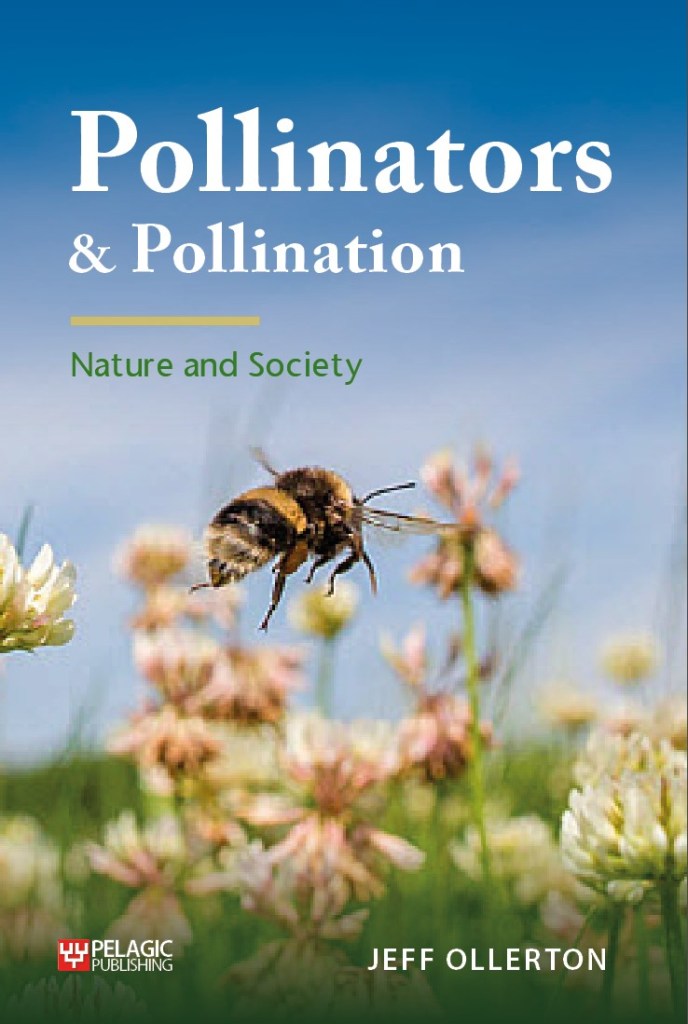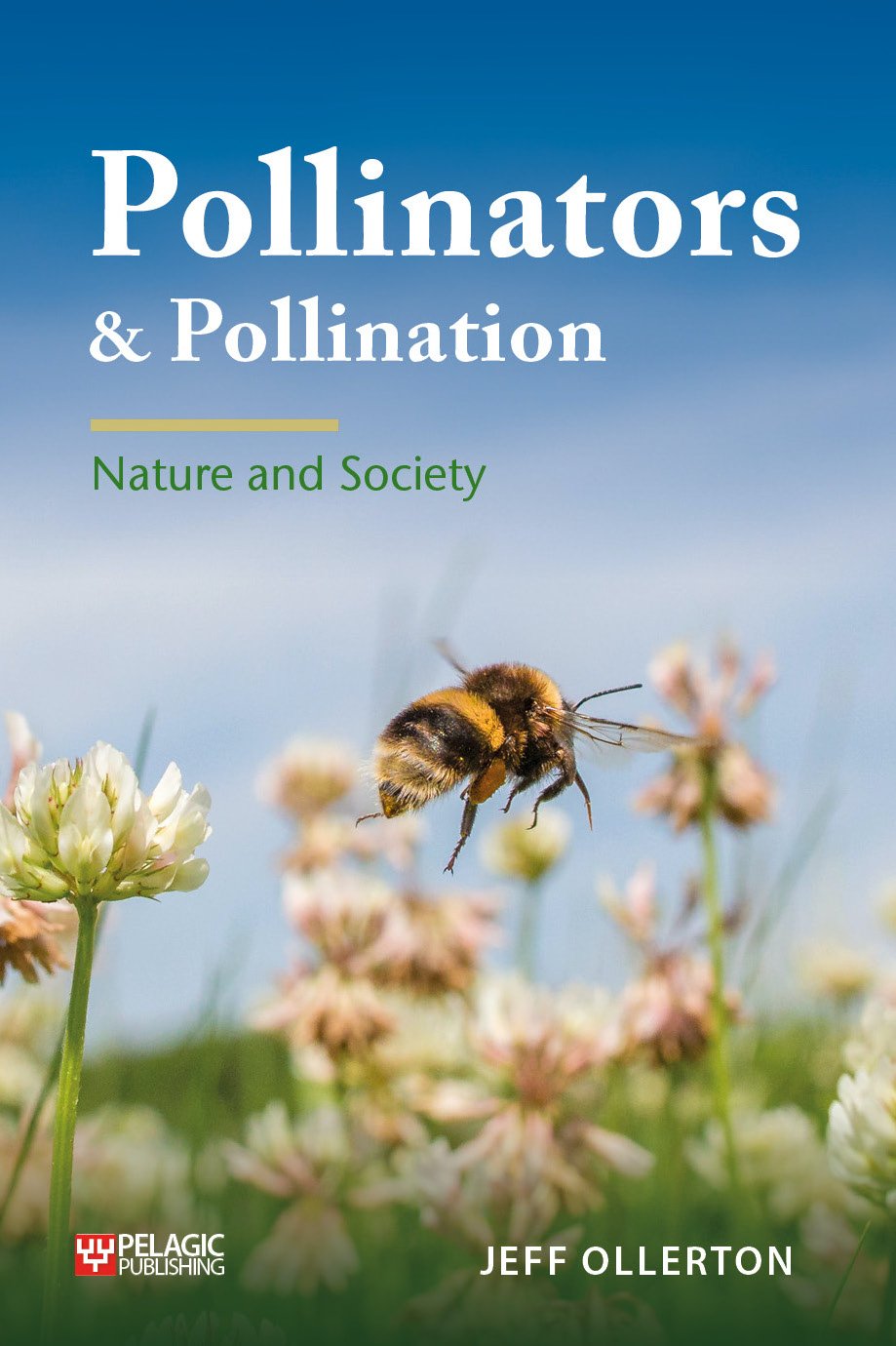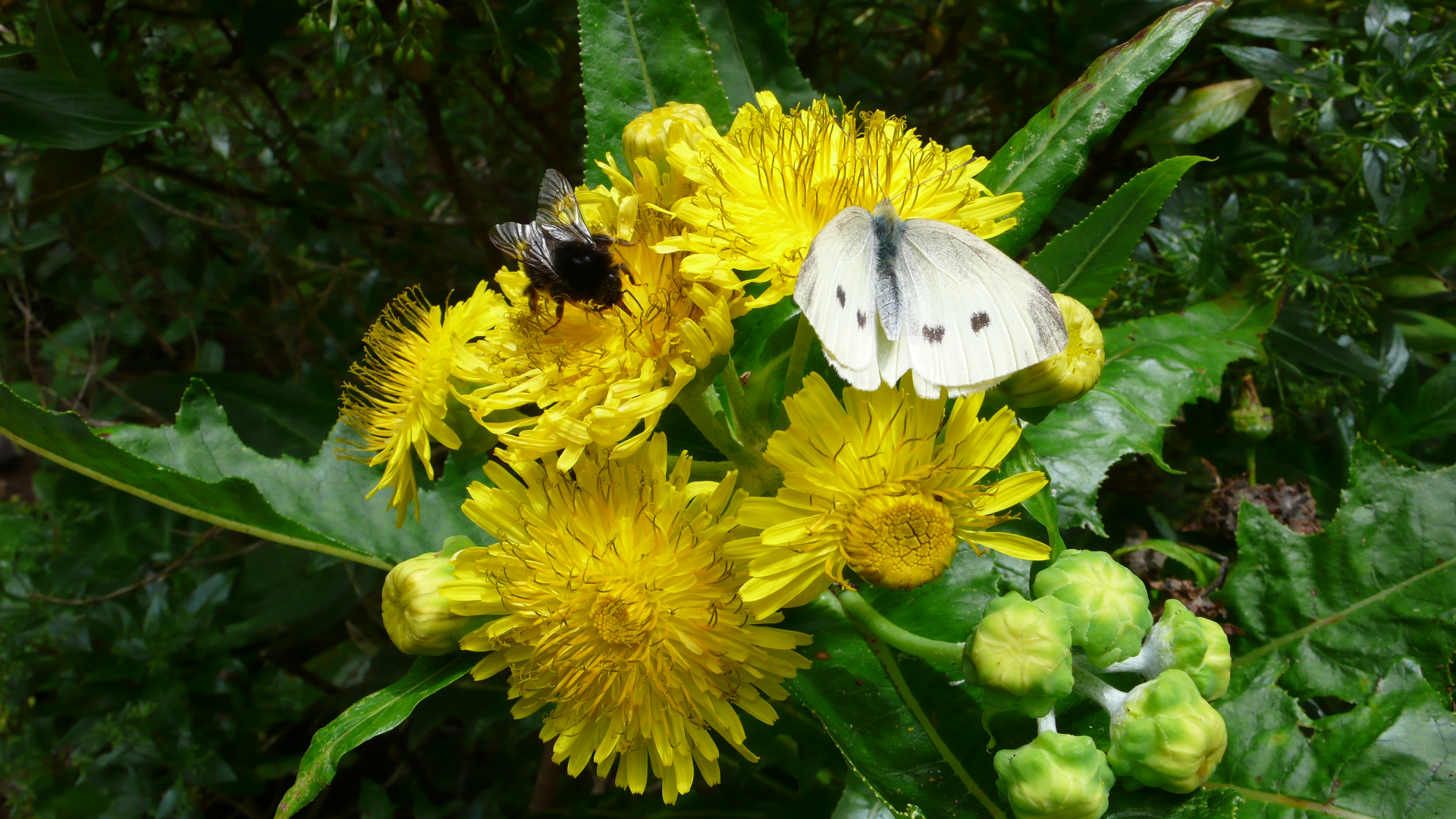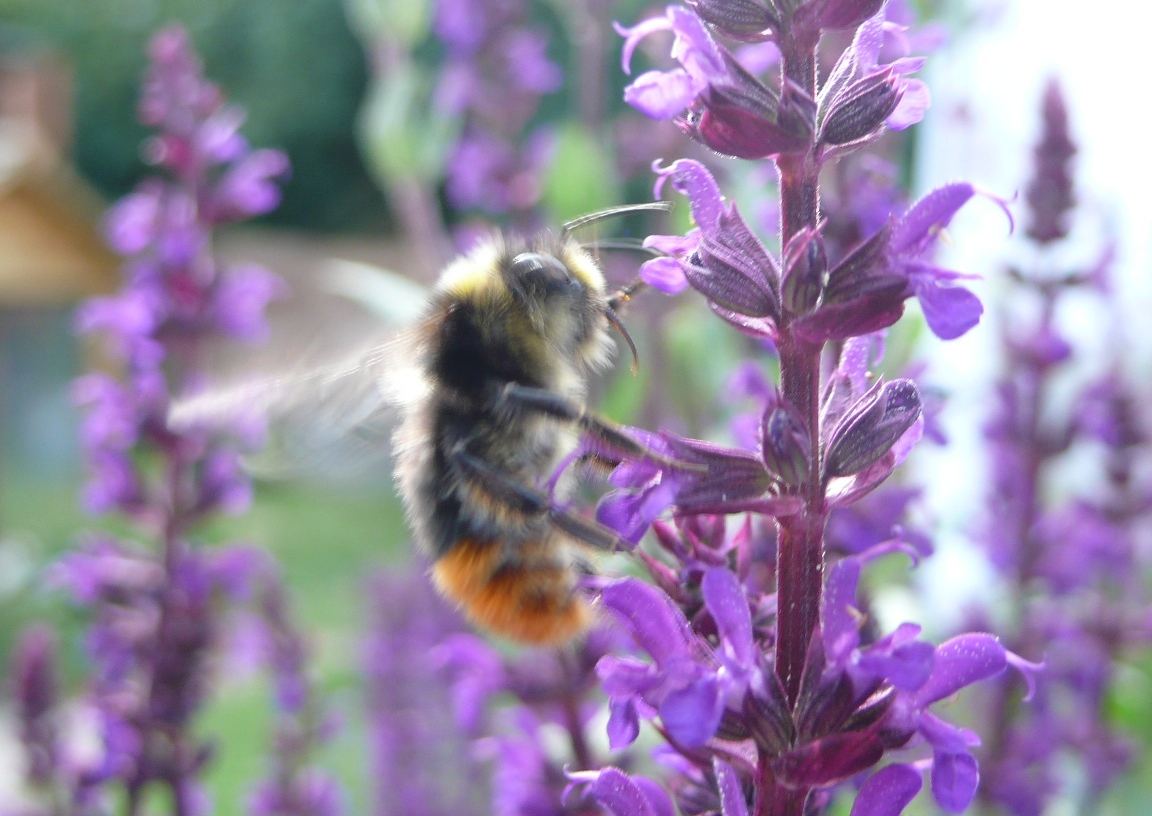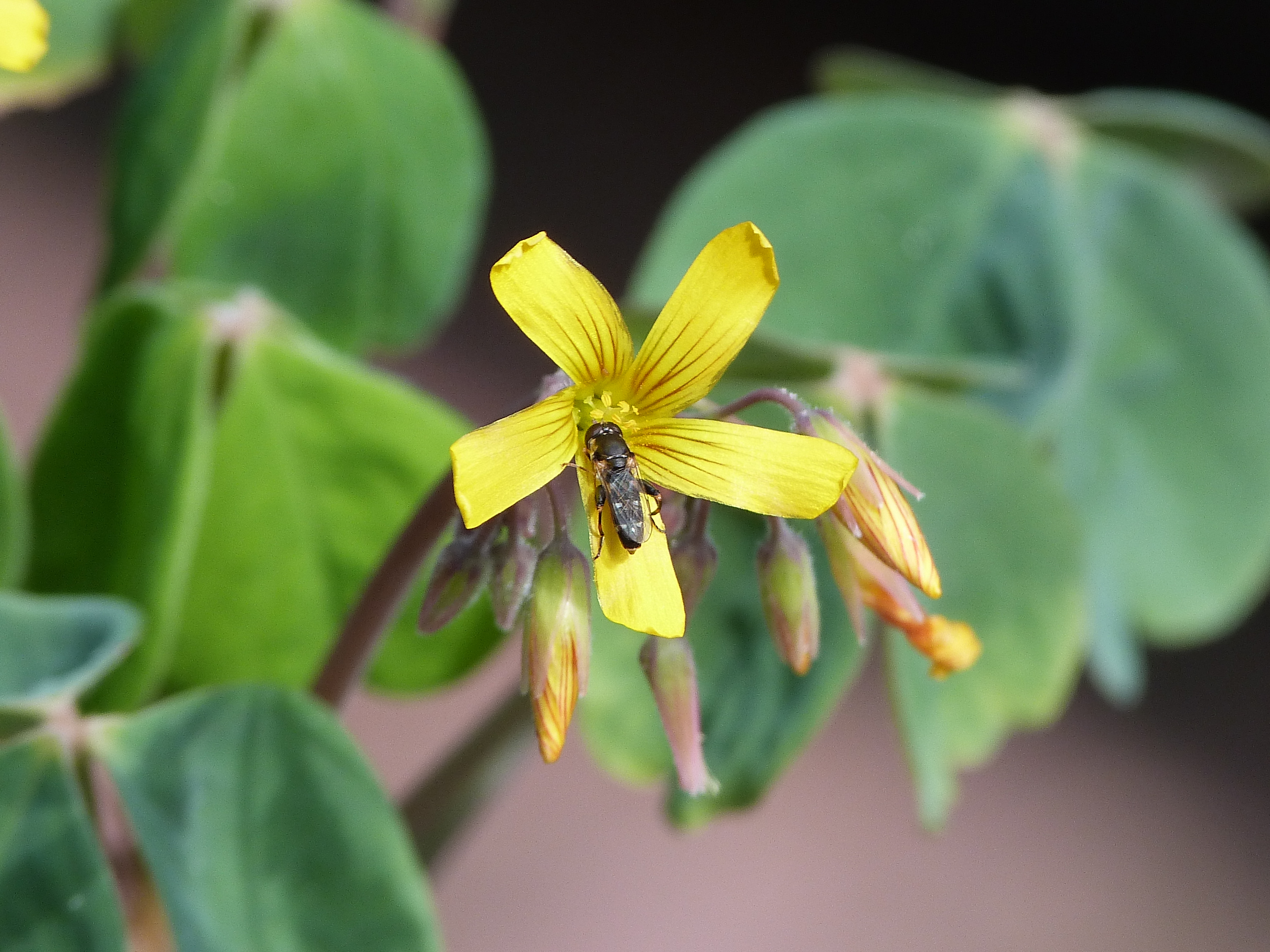
The relationship between use of pesticides (particularly neonicotinoids) and the decline of pollinators is one that I’ve touched on a few times in this blog – see for example: Bees and pesticides – a major new study just published; Butterflies and pesticides – a new study and a smoking gun; and Pesticides and pollinators: some new studies and contrasting conclusions. It’s an important and controversial topic that’s unlikely to go away any time soon. In an article in the New York Times, journalist Danny Hakim has given that particular pot a further stir by discussing Scientists Loved and Loathed by an Agrochemical Giant.
Although it’s been online since New Year’s Eve, the first I heard about the article was when an American colleague sent me a link this morning (the day it appeared in the printed version) and asked me if I had any thoughts and comments about one of the scientists featured – James Cresswell of the University of Exeter. I’ve known and respected James for over 20 years and I think his contribution to this article provides a brave and open answer to the question I pose in the title of this post: should scientists accept funding from agro-chemical companies?
Please do read that article, it’s fascinating, if not entirely objective in its own right. The tone and focus of the piece is best summed up by the one-sentence summary at the start, which incorporates a quote from Dave Goulson (University of Sussex): “With corporate funding of research, “there’s no scientist who comes out of this unscathed””. In fact that quote is taken rather out of context because Dave’s point was about perceptions of motives and biases, rather than actual corruption of the science and scientists concerned.
Having said that, the article does present a prima facie case that some scientists (though I emphasise not James himself) are playing fast-and-loose with the evidence related to pesticides and GM crops.
Back to perceptions. Industry funding of university-led scientific research is incredibly common, far more common than the public probably realises. There are three reasons for that. First of all, universities are where many subject experts are based, of course. Secondly, scientific research is expensive: it requires staff, facilities, equipment, funding for overheads, etc. University researchers are therefore always hunting for money to enable them to carry out research (which in turn is linked to promotion success, career development, and so forth). Thirdly, external income is an important performance indicator for universities and their constituent departments: James himself is quoted as saying “I was pressured enormously by my university to take that money”, a sentence that will resonate with many UK researchers.
In general the public’s perception (as far as I can tell) is that most of that research is not being corrupted by the industry funding that is attached to it. In my own faculty at the University of Northampton, for instance, my colleagues have obtained industry funding for research and consultancy work in areas such as product design, lift engineering, materials science, leather processing, computer networks, app development, and so forth. All controversy-free.
In much of the environmental sector that’s also the case: we’ve had funding from a large water utilities company to write a report on habitat management strategies for reducing rabbit densities close to water bodies, and one of my current research students is being funded by a solar farm company. Likewise colleagues have been funded by wastes management companies to advise and research in that field. None of this has generated any negative perceptions, with the possible exception of some aspects of wastes management where issues such as “waste-to-energy” remain controversial.
In other areas of environmental research, however, there have always been accusations of bias levelled at university researchers who are perceived to be industry shills, especially if they are not seen to be toeing a particular line. I’m deliberately using that word – shill – because it’s something I was accused of being during a heated social media discussion of causes of pollinator declines. A commenter claimed that I was an “industry shill” for daring to suggest that this was a complex topic, and that there were no easy answers to why (some) pollinators are declining, but that neonicotinoid pesticides were not the only cause. “Which chemical company is funding your research?” she aggressively demanded to know. I think I convinced her that I was not (and never have been) funded by chemical companies. But it raised an interesting question: would I ever accept funding from such companies, if it was offered?
The simple answer is that I don’t know. It depends what the money was for and what strings were attached in terms of non-disclosure, ownership of data, etc. As the title of this post states, the devil’s in the details. I know quite a number of researchers in my field who have had funding from Syngenta, Bayer, and other agro-chemical companies. Some of these are colleagues with whom I have published research papers. In general I have no reason to believe that the research conducted by any of these colleagues has been corrupted by their association with the funders. However in one instance I had a disagreement with a colleague who was not (in my opinion) objective in how they wished to frame part of a paper’s discussion and who may (in my opinion) have been influenced by their association with a particular funder. In the end this didn’t change the conclusions of the research (which was not itself industry funded) but it did make me pause to consider these subtle biases, which I’m sure could affect anyone*. Again, perceptions are key here.
Money for the kind of research that’s done by colleagues and myself is always, always going to be in short supply and competitively pursued, and failure to obtain it will always be much more common than success. Unless funding to address important ecological research questions from government (i.e. taxpayer money) and charities vastly increases, industry will be there to fund research in its own interests, and the perception of scientific bias will remain, whether or not it actually exists.
*I’m not prepared to say more about this particular example so please don’t ask.
